читайте также
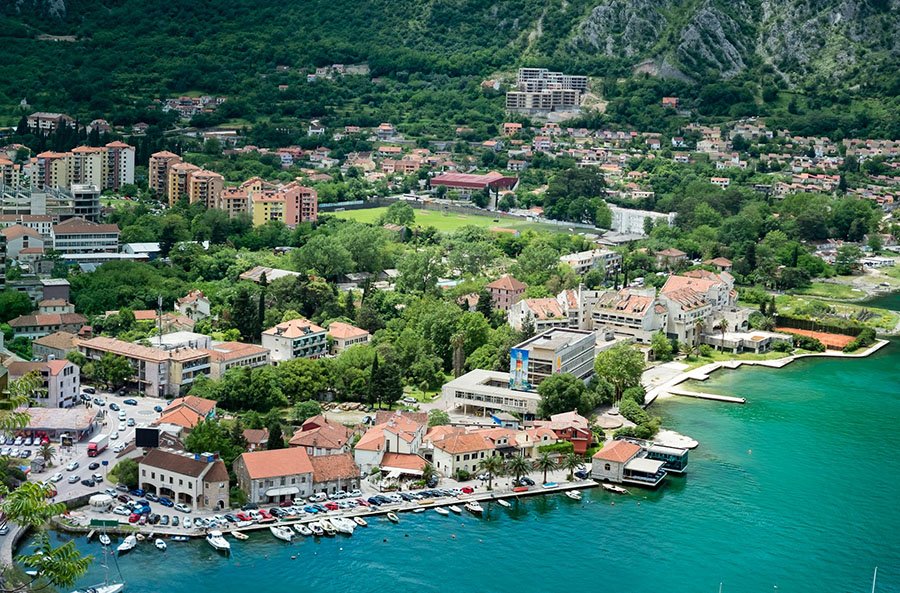 Montenegro will introduce visas for Russians at the end of September 2026
Montenegro will introduce visas for Russians at the end of September 2026
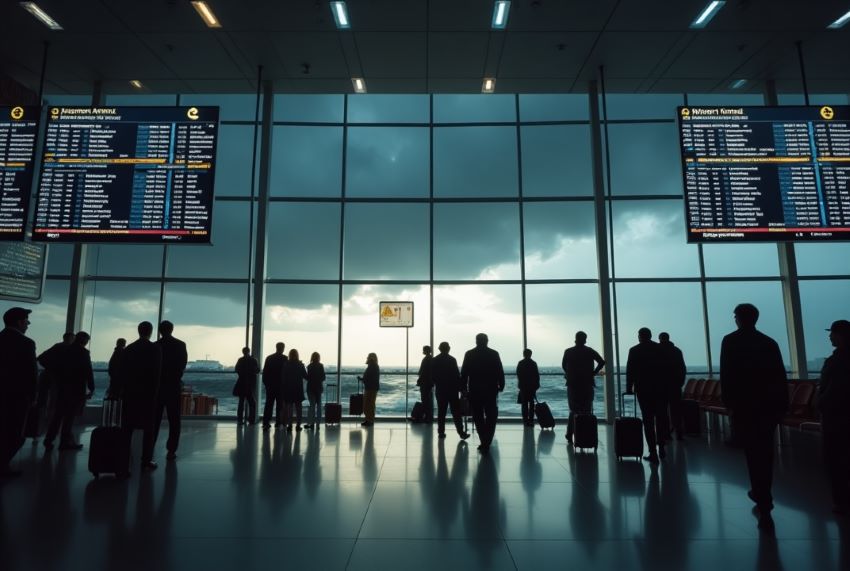 Deadly Storms, Blizzards, and Tornadoes Slam the U.S. — How Millions Can Survive the Thanksgiving Weather Disaster
Deadly Storms, Blizzards, and Tornadoes Slam the U.S. — How Millions Can Survive the Thanksgiving Weather Disaster
 Housing Market in Tel Aviv 2025: Falling Prices and Declining Investor Activity
Housing Market in Tel Aviv 2025: Falling Prices and Declining Investor Activity
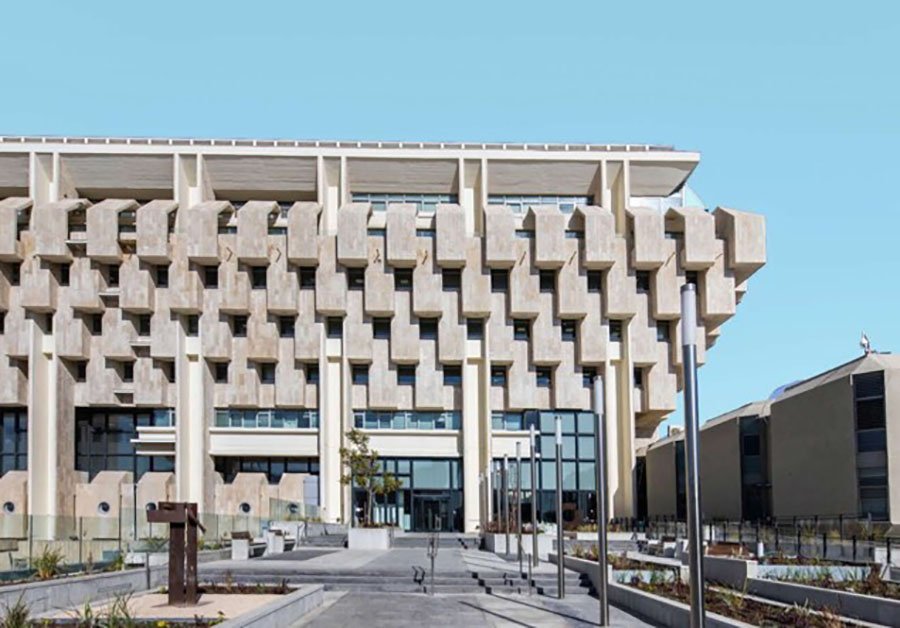 Bank of Israel Cuts Interest Rate to 4.25%: What Stands Behind the Regulator’s Decision
Bank of Israel Cuts Interest Rate to 4.25%: What Stands Behind the Regulator’s Decision
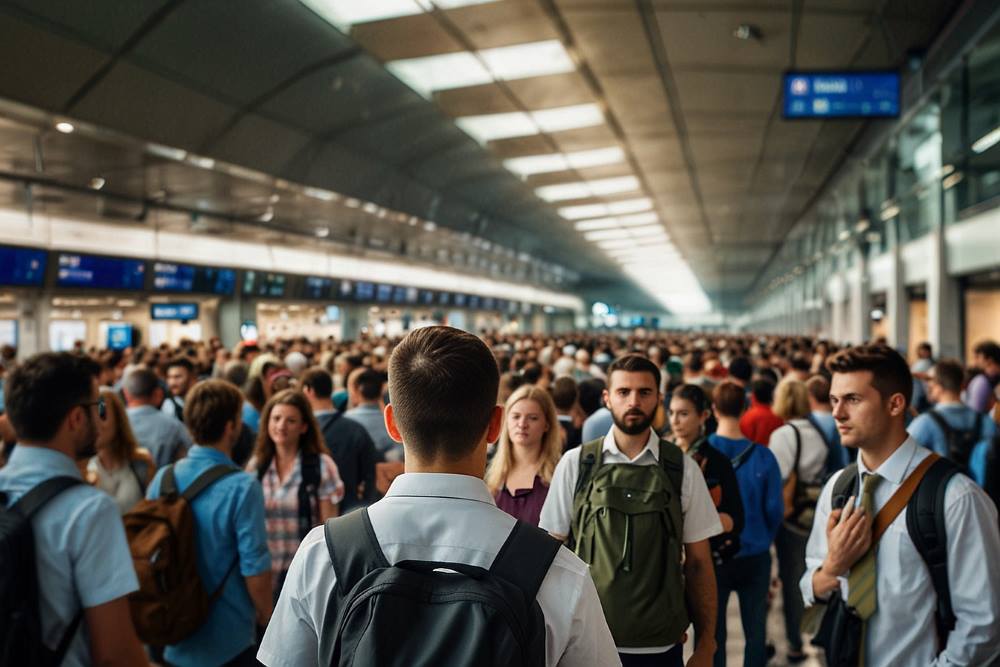 US Aviation Chaos: 58 Cancellations and 2,674 Delays Hit Major Hubs as Thousands of Passengers Are Stranded
US Aviation Chaos: 58 Cancellations and 2,674 Delays Hit Major Hubs as Thousands of Passengers Are Stranded
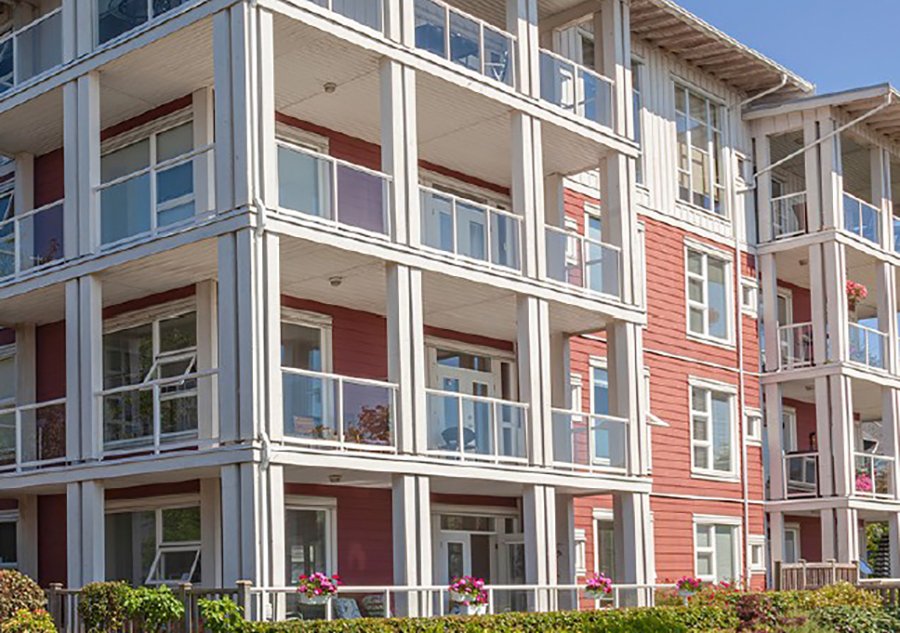 New priorities in the U.S. real estate market: from senior housing to data centers
New priorities in the U.S. real estate market: from senior housing to data centers
Tourists Are Damaging Tropical Cities: PATA Calls for Urgent Action
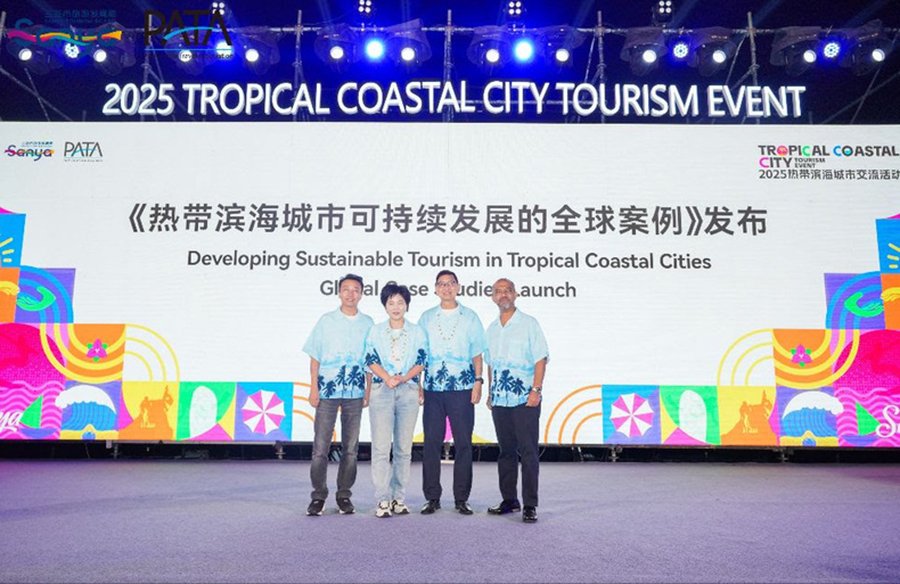
Photo: Travel and Tour World
Tropical coastal cities have found themselves in a dangerous position due to the rapid surge in traveller numbers, according to a new report by the Pacific Asia Travel Association. Natural systems are losing their ability to regenerate, infrastructure is operating at its limit, and residents face growing pressure in their everyday environment. The document stresses: without urgent measures, the current tourism model will begin to collapse.
Rising Pressure on Ecosystems
The rapid growth of tourist flows intensifies pressure on coastal territories, where natural and urban systems are already stretched to their limits. Coastlines with clean waters, coral environments and rich cultural surroundings attract ever more people — yet that very popularity becomes a risk factor: resource consumption rises, shoreline erosion accelerates, and ecosystems lose their ability to recover.
At the same time, tourism attractiveness decreases. Natural areas are wearing out faster than cities can adapt infrastructure and implement protective measures, turning recovery into a long and unstable process.
Social Pressure
Many regions are also facing social risks: rising housing costs, changes in the traditional urban environment, and reduced access to everyday services for residents. Tourism remains a key source of income, but the benefits are unevenly distributed, while the negative effects are felt far beyond the economic gains.
Analysts say it is crucial to involve local communities in managing tourism projects. Decisions on future development, flow regulation and service expansion must take residents’ interests into account — otherwise economic growth inevitably comes at the cost of quality of life.
Economic Diversification
High dependence on beach tourism leaves coastal cities vulnerable to seasonality, climate shifts and external shocks. A transition to a more diversified model — ecological routes, cultural programmes, gastronomy tours, adventure travel, wellness experiences — helps reduce pressure on the most fragile zones and distribute flows more evenly.
Additional resilience comes from developing non-tourism sectors — crafts, agriculture, scientific and marine research. This structure allows the economy to stay afloat even during periods of declining visitor numbers.
The Role of Business in Sustainable Development
The situation becomes significantly worse when the private sector sticks to outdated models. Hotels, restaurants, transport companies and tour operators contribute a major share of the strain on resources. Switching to eco-friendly materials, reducing emissions, adopting energy-efficient solutions and supporting local production help minimise environmental impact and improve competitiveness.
At the same time, travellers themselves are demanding more. Increasingly, tourists choose responsible itineraries, are willing to pay for eco-friendly services, and support companies that adopt sustainable practices.
Climate Threats
Even the most well-designed local measures face global processes. Rising ocean temperatures, coral reef destruction, accelerating shoreline erosion and more frequent storms make tropical regions especially vulnerable. These changes develop faster than cities can adapt — and mass tourism intensifies strain during the most critical periods. As a result, natural systems lose the ability to withstand repeated shocks, making recovery longer and costlier.
PATA CEO Noor Ahmad Hamid notes that the combination of climate change and human activity is turning many regions into zones of constant risk. Sea surface temperatures in the Southwest Pacific have reached record levels, and heat stress peaks precisely during the months when tourism numbers are highest.
Reversing the situation is possible only through collective action. Knowledge exchange, coordination between cities, business and expert participation, and responsible traveller behaviour are all essential. This approach helps reduce pressure on ecosystems and build a model that preserves long-term tourism appeal.
Where It’s Best to Invest
Analysts at International Investment note that the most resilient models are found in the branded residence segment. These projects move with the times: they use eco-friendly materials, adopt energy-efficient technologies and offer an expanded service package designed for year-round living rather than just high season. Their strong internal infrastructure — from fitness areas and coworking spaces to resident services — reduces pressure on the urban environment and lowers dependence on seasonal tourism fluctuations.
As a result, branded residences demonstrate how modern living formats can integrate into coastal ecosystems without destructive consequences, while creating a more predictable revenue model. For investors, this means steady demand, stable occupancy and reduced exposure to sharp seasonal swings — making such projects a more reliable long-term choice.





